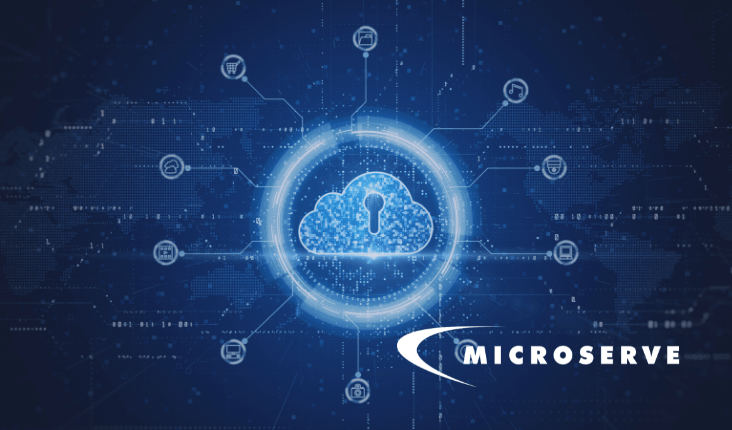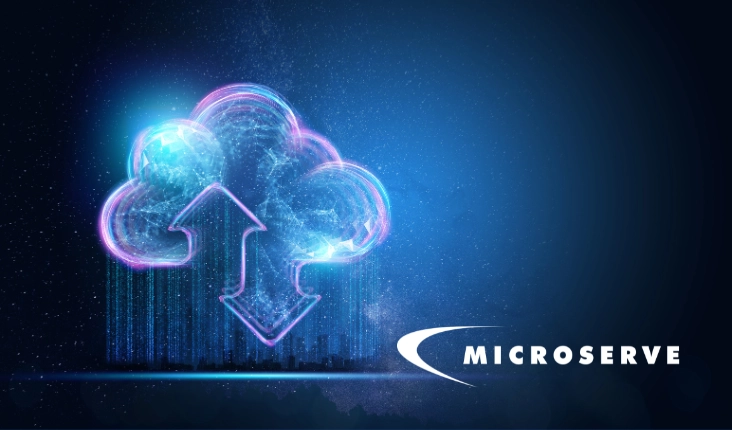A cloud environment requires specific cloud-based cybersecurity measures to secure cloud applications and services. Cloud platforms and data are hosted differently to on-premises applications and need a different cybersecurity strategy to address its specific requirements. With cloud data and platforms, it is crucial to focus on the protection of sensitive data, integrity of assets, accessibility of platforms, and availability of services.
To do this, there are several things you should consider addressing with your cloud security strategy. In this article, we’ll go over how to improve your cloud security measures and create a robust strategy to address today’s cloud security challenges.
Classify, encrypt, and protect cloud data
To protect your cloud data, you need to know what data you have hosted in cloud platforms. Data classification identifies sensitive data so you can enforce additional protection for your most sensitive data. Sensitive data can range from important company IP to private customer information. Following best practices, safeguard your sensitive data with encryption and identity and access controls.
Encrypt cloud data
Cloud encryption is another crucial element of an organization’s cloud security strategy. Data that is stored in cloud applications needs to be encrypted, just like on-premises data. End-to-end cloud encryption encrypts cloud data in transit or at rest, which reduces unauthorized access to data and protects data from being intercepted and altered. In other words, with end-to-end encryption, cloud data remains encrypted through the data lifecycle, including data in transmission and in cloud storage. Encryption reduces the risk of malware and altered data to enter your network through cloud applications and services.
Assess and remediate cloud risks
Security audits and assessments should be conducted regularly, as they can uncover risks and cyber threats you are unaware of. Cybersecurity assessments look at your cloud platforms and services to evaluate your organization’s operational maturity and overall security posture. Likewise, a security audit looks at your current cybersecurity measures and provides suggestions for improvements. Audits and assessments help organizations assess data in cloud platforms, evaluate risk exposure levels, and produce action plans to remediate your cloud security risks.
Do your due diligence against the “shared responsibility” of cloud platforms
When you use cloud platforms and services, you adopt the inherent risk of vulnerabilities with your cloud platform. As your cloud infrastructure is likely hosted with a third-party vendor, your cloud vendor is responsible to keep the platform safe and secure. However, you are also responsible for your cloud data and due diligence to ensure that your cloud vendor is maintaining its platform. As a cloud user, you should be aware of what the cloud vendor is responsible for and what you are responsible for.
Implement strong Identity and Access Management (IAM) controls
IAM controls and manages digital identification, making sure only authorized users have access to data and platforms. When implementing IAM controls, use the principle of least privilege: users should have access to only what they need. Access can be granted on a role basis, an individual basis, or however you choose to grant access to your users. Filtered access can be granted to files, applications, and/or devices. Strong IAM controls ensure that the most sensitive data is protected and accessed by only those who need it.
Enforce multi-factor authentication (MFA)
Multi-factor authentication (MFA) is a crucial aspect of an organization’s cloud security measures. MFA requires users to prove their identity using more than just passwords and usernames – they also have to authenticate their identity using multiple methods or devices. It’s an added layer of security that helps prevent unauthorized users from gaining access to your systems. Enforcing MFA reduces cloud risk and data exposure because only authorized users can access data and systems, even if data is being requested from non-company devices and networks.
Prepare for security incidents or data loss
To adhere to cloud security best practices, organizations should develop a strong incident response plan that addresses cloud security and data in cloud platforms. An incident response plan details how your organization responds to security incidents, thus reducing time to remediation and impact of data breaches. In relation to cloud security, the incident response plan should describe how cloud platforms, services, and data are handled in the event of a cloud security incident. Data may need to be backed up and platforms may need to be isolated – the incident response plan should detail how to respond to these scenarios and more.
Regularly backing up cloud data
Cloud data can be vulnerable to data breaches, and cloud platforms are susceptible to downtime. Therefore, regularly backing up cloud data and platforms is essential to maintaining uptime and reducing data loss. Additionally, a disaster recovery plan prepares you to quickly restore data and system backups. In the event of a cloud security incident, the faster you can restore your systems and data – the faster you’ll be back online, and the better off you’ll be.
Implement network security for cloud platforms
Implementing firewall security prevents unauthorized access to cloud data, while detecting and blocking security threats. It helps prevent malicious incoming and outgoing traffic from cloud platforms. Cloud firewalls protect your cloud resources by securing virtualized infrastructure and cloud services. Rule-based access to cloud platforms can be based on IP addresses, port numbers, protocols, or other criteria. You can also apply application layer filtering to filter traffic based on specific cloud-based applications or services.
Enable firewall logging
Logging and monitoring features are typically provided by firewall providers and can be configured within your firewall settings. Logging and monitoring your cloud traffic helps you respond to and prepare for security incidents. Firewall activity logs should be regularly reviewed for anomalies and any potentially malicious traffic should be investigated. Firewall logs can be integrated with SIEM systems for ease of monitoring.
Enhance your cloud security strategy
If your organization uses cloud platforms or services, having a cloud security strategy is integral to your security operations. A cloud security strategy should address data protection with encryption, combat unauthorized user access with IAM and MFA, have a plan to regularly review and remediate potential cloud threats, set up cloud firewalls, and more.
Putting it all together: Improve your cybersecurity strategy
Your cloud security strategy is just one part of your security strategy. However, all your cloud security measures should integrate flawlessly with your overall cybersecurity strategy. To improve your overall security strategy and ensure your cloud data and platforms are protected, get in touch with the cybersecurity experts at Microserve. We help businesses assess their security needs and build robust security systems to identify vulnerabilities, protect data, quickly respond to security incidents, and more. With over 35 years of experience, our experts help you see the big picture to put your cybersecurity strategy together– piece by piece.




